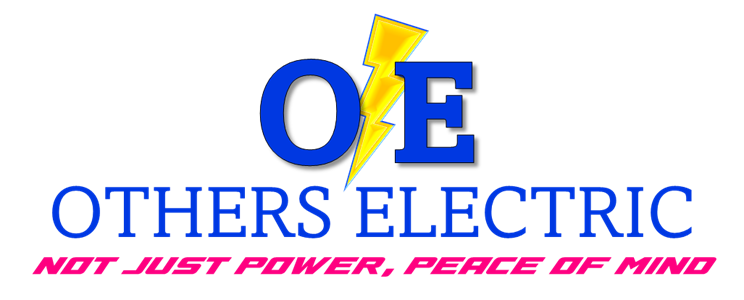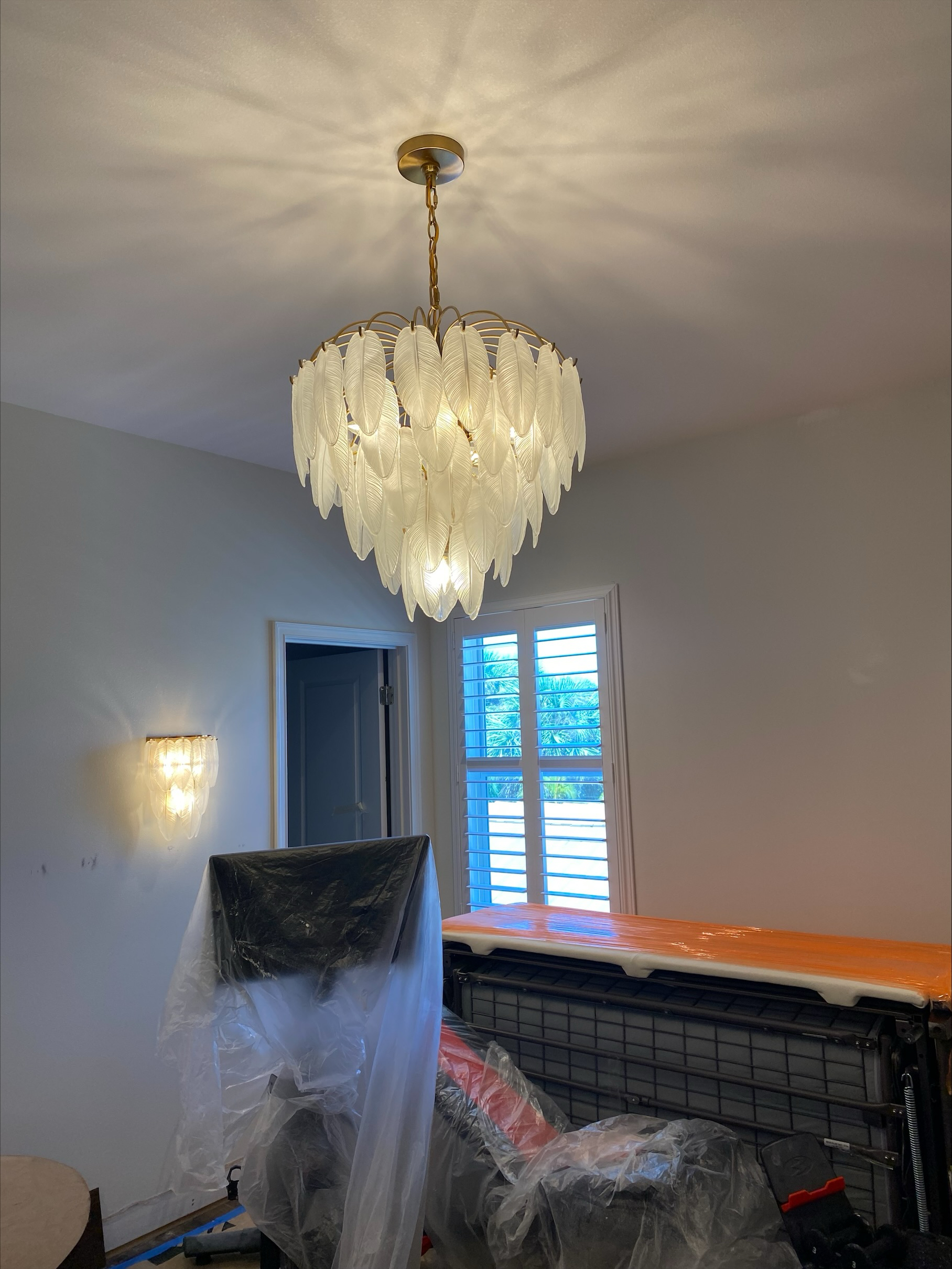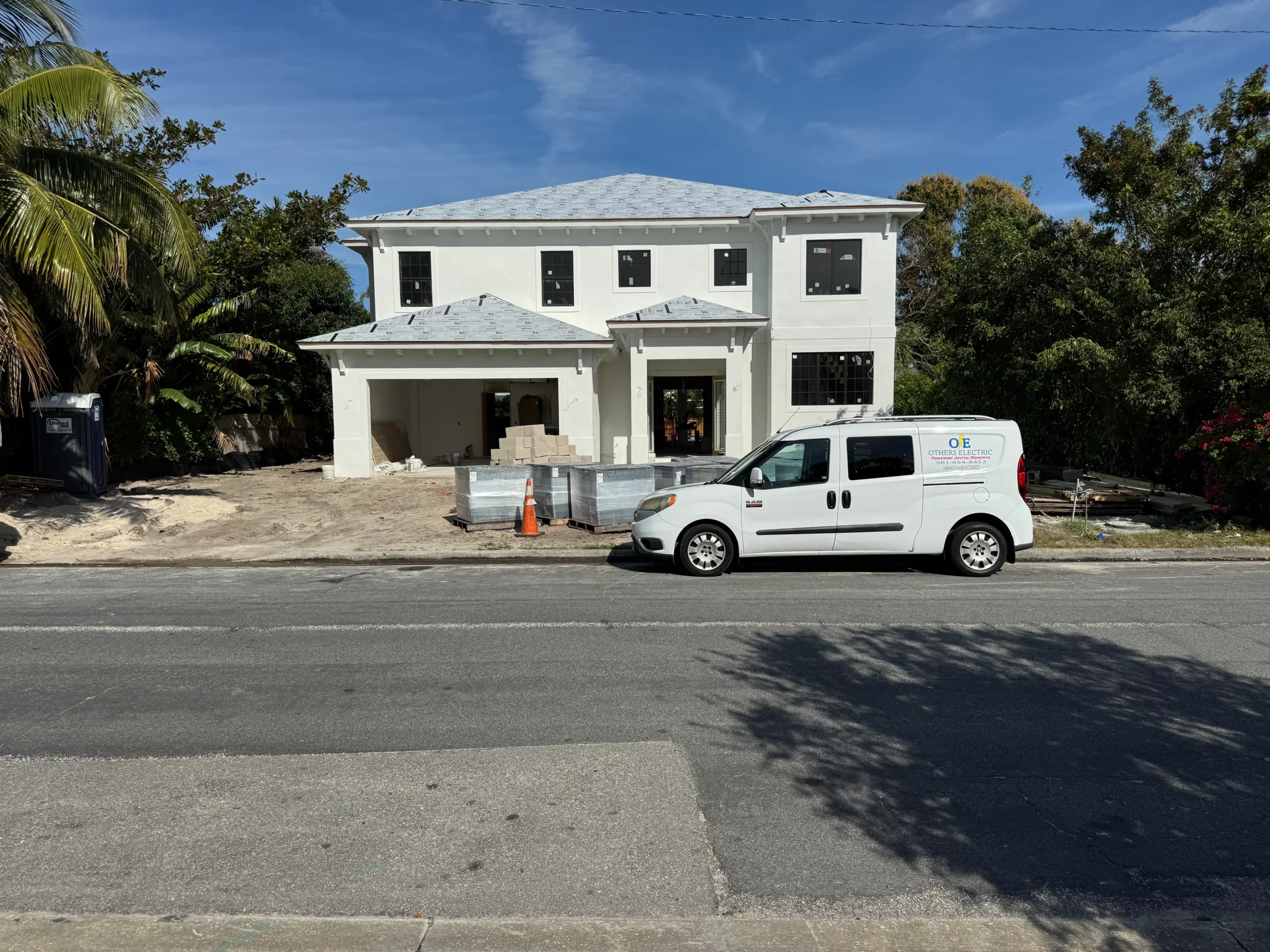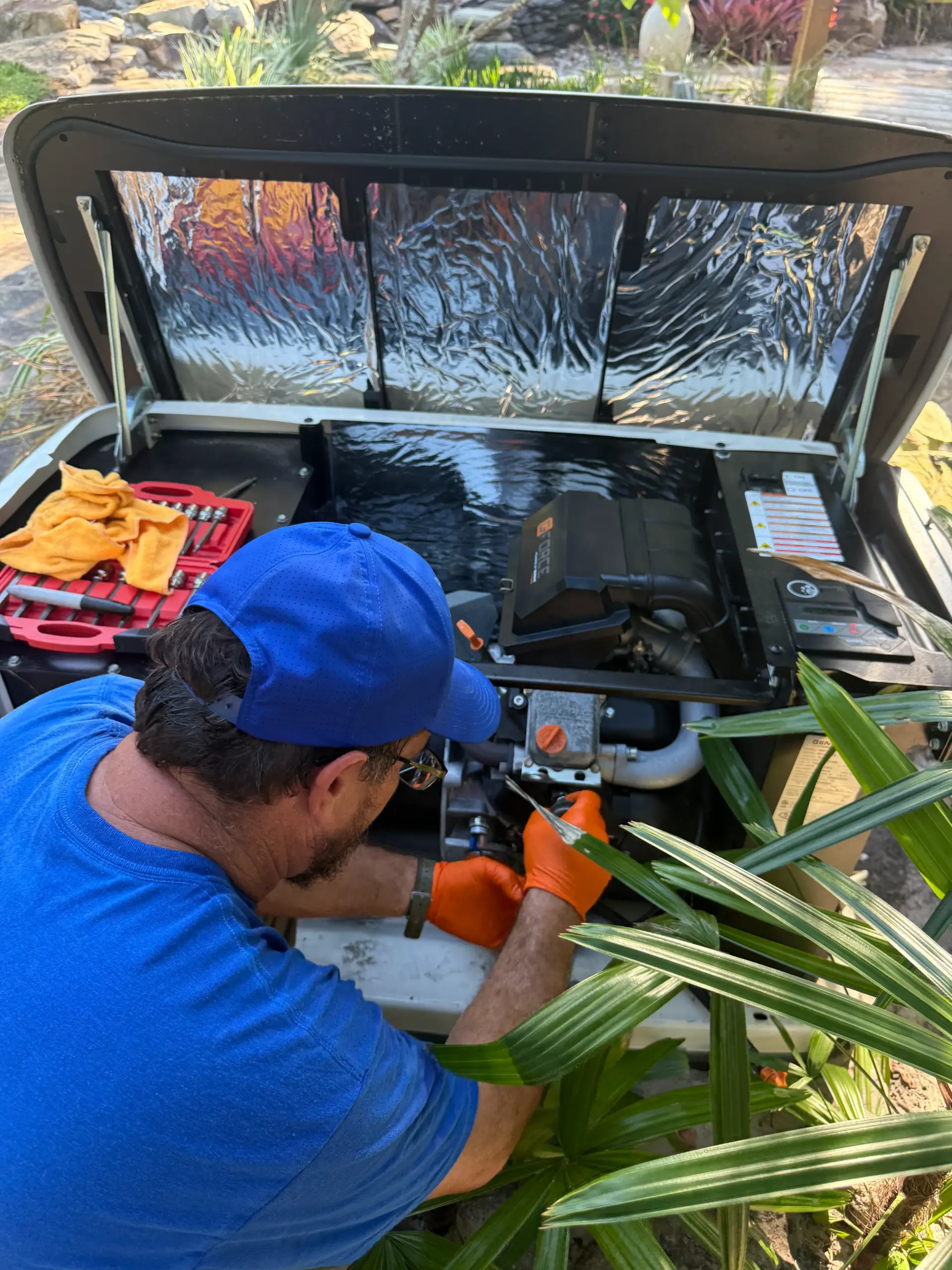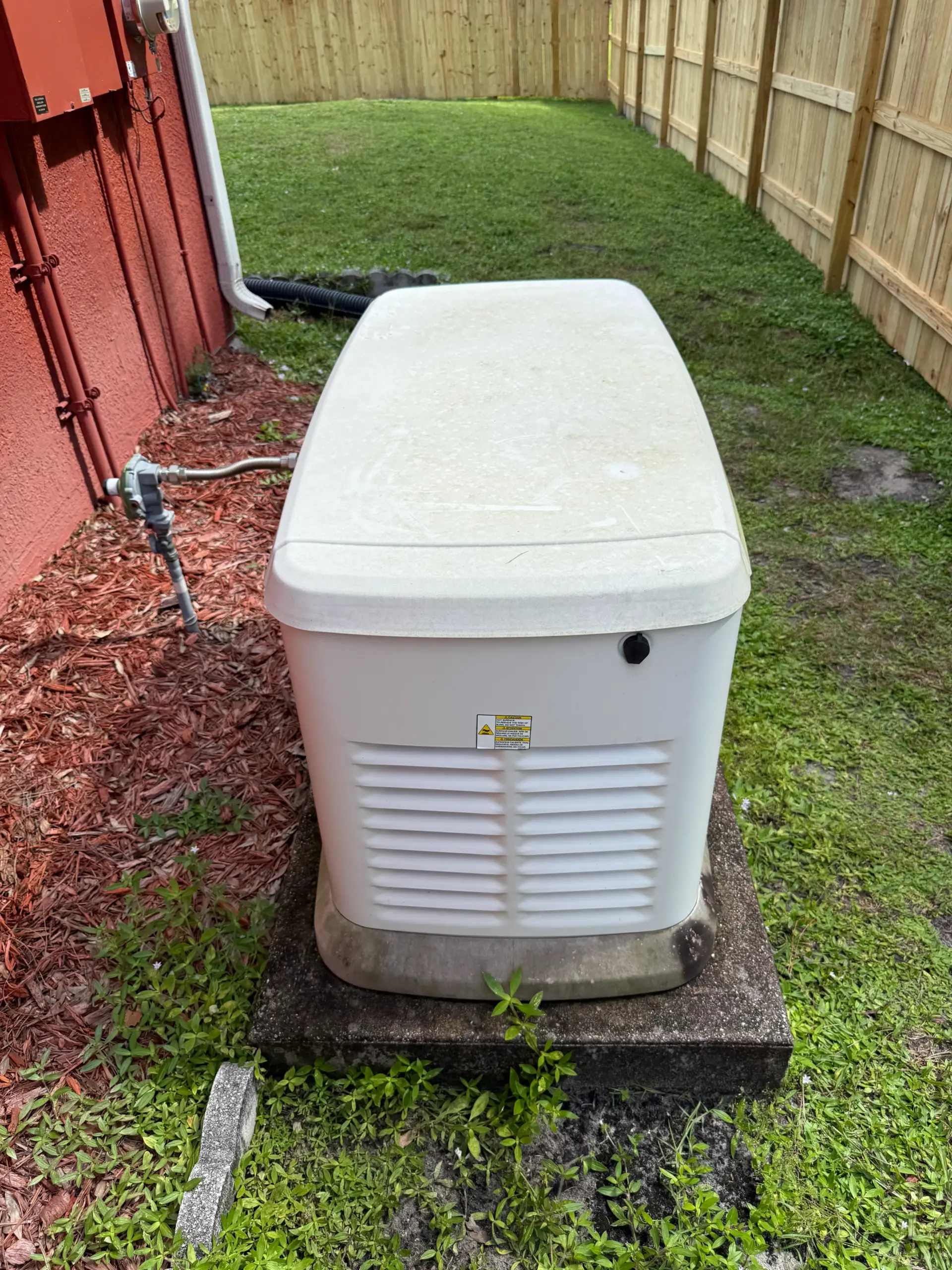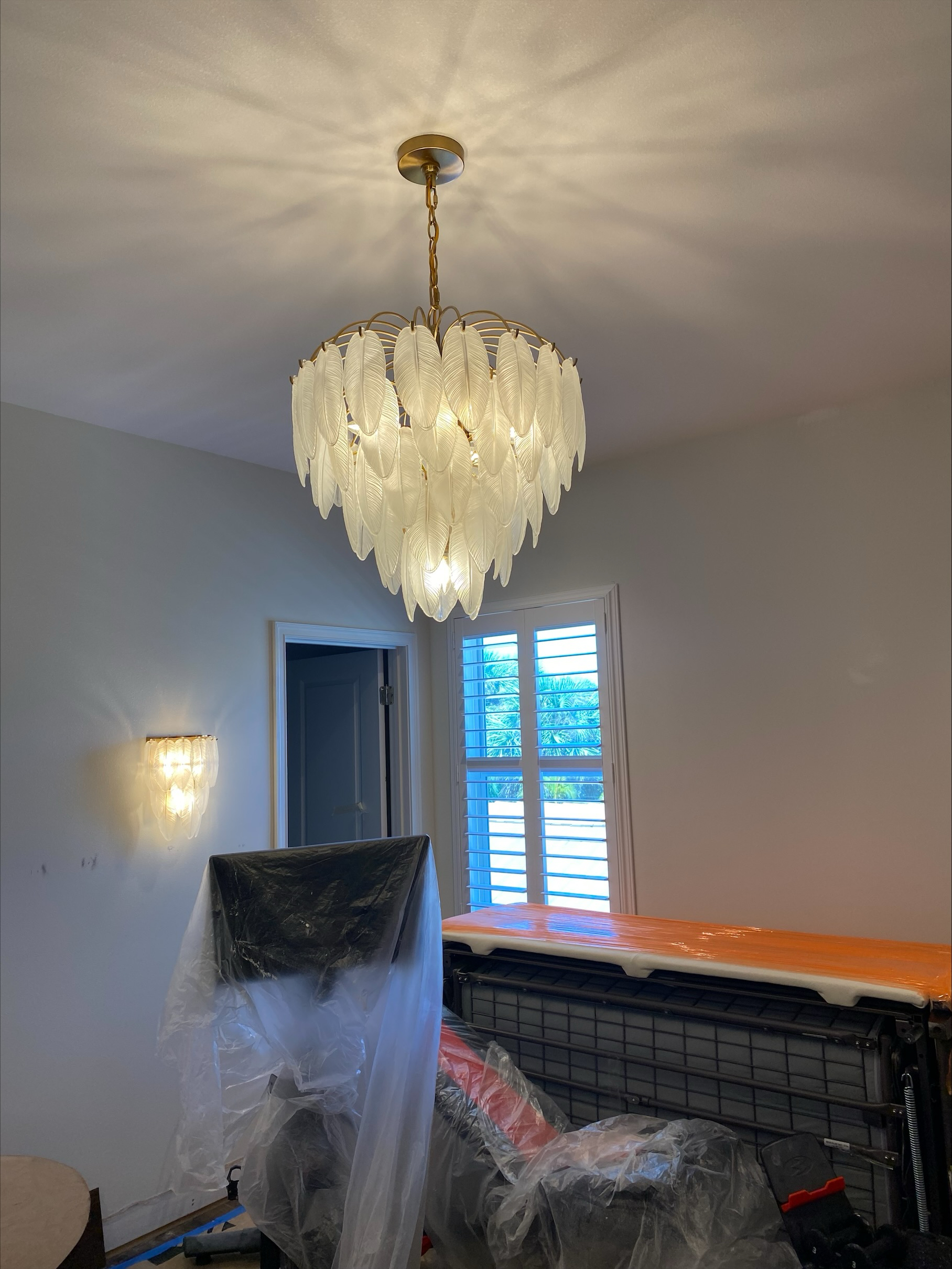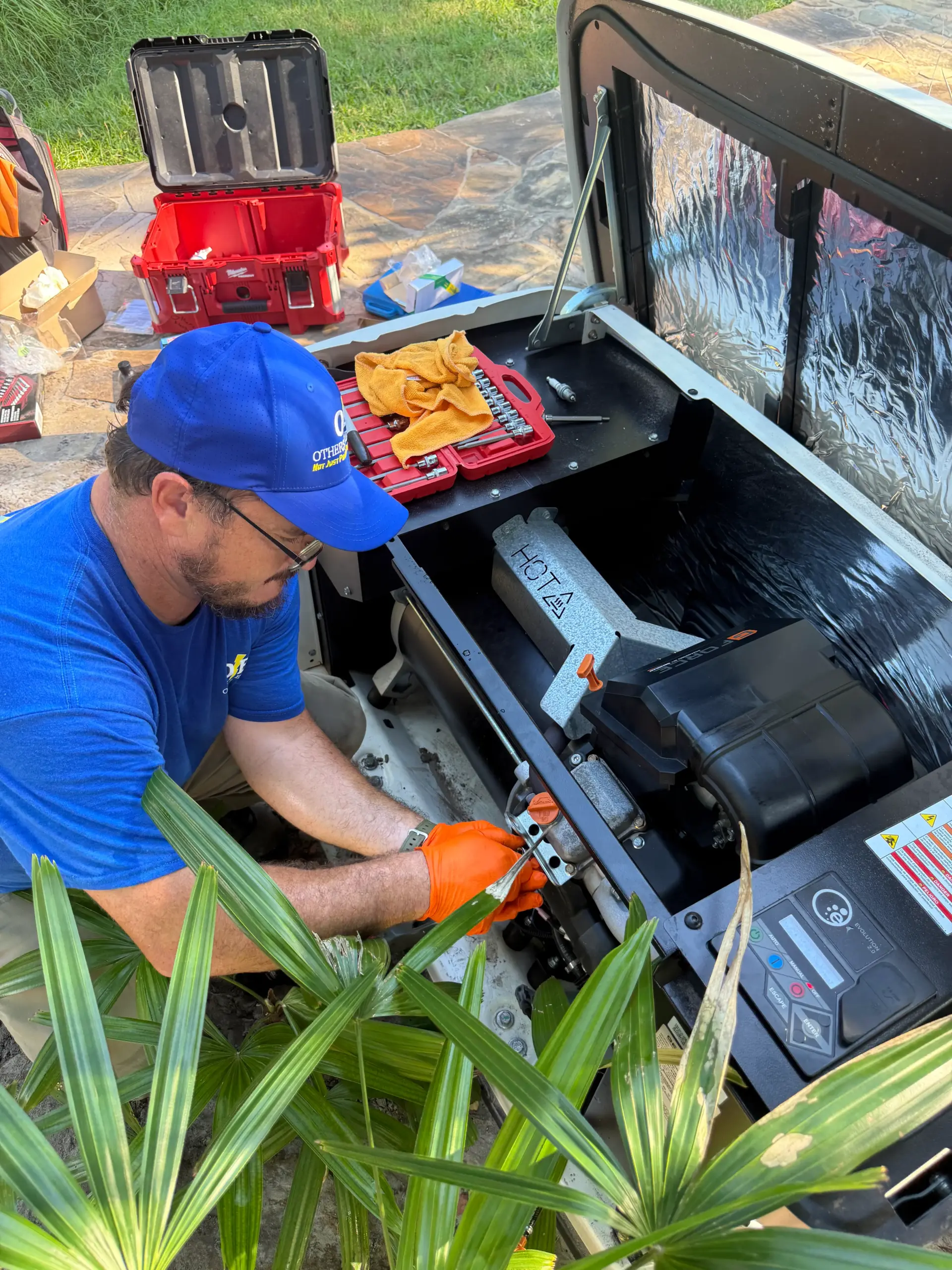In a world increasingly focused on sustainability and clean energy, wind power stands out as one of the most promising renewable sources. As wind farms dot landscapes across the United States—including coastal regions of Florida—many homeowners and business owners are curious: how much electricity can one wind turbine generate? The answer depends on a range of factors including turbine size, wind speed, and efficiency. In this article, we explore the science, scale, and local relevance of wind energy.
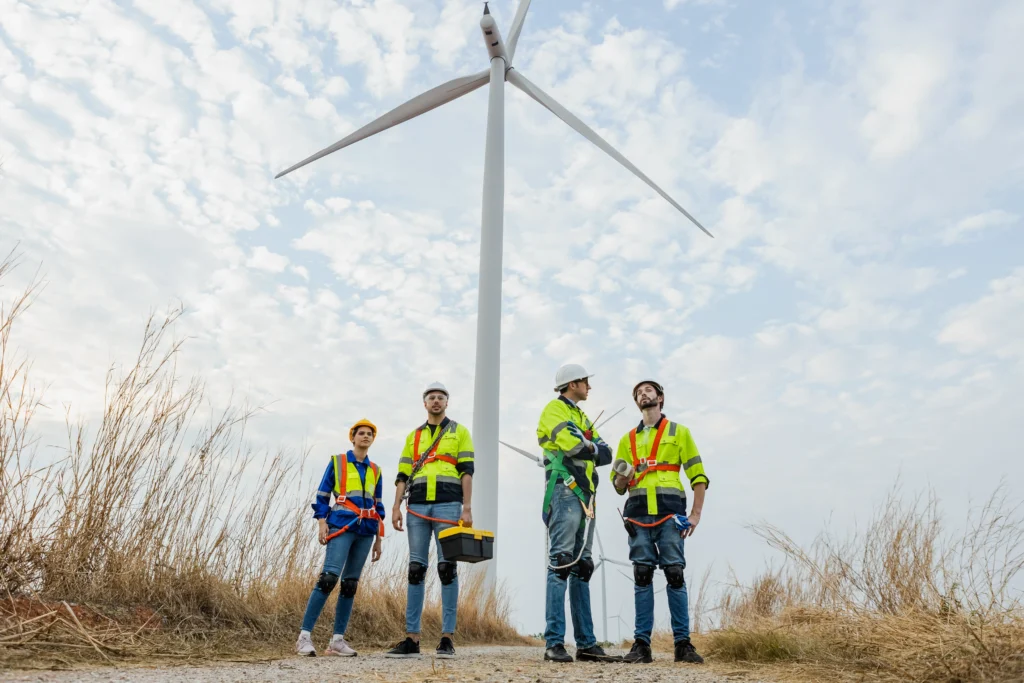
Understanding Wind Energy Basics
Wind turbines operate by converting the kinetic energy from moving air into mechanical power, which is then transformed into electricity. The basic principle relies on wind turning the blades, which spin a shaft connected to a generator. This system is simple in concept but highly sophisticated in execution, involving sensors, control systems, and often complex gearboxes.
The amount of electricity a wind turbine generates depends largely on wind speed. According to the U.S. Department of Energy, wind turbines start producing electricity at wind speeds of around 6 mph and reach peak output at about 30–55 mph. Beyond this speed range, most turbines shut down to avoid mechanical damage.

Factors That Influence Output
To fully understand how much electricity can one wind turbine generate, we need to break down several variables:
- Turbine Size: Residential turbines are typically rated between 5–20 kilowatts (kW), while utility-scale turbines can exceed 2.5 megawatts (MW) each.
- Rotor Diameter: Larger rotor blades capture more wind energy. For example, a turbine with a 100-meter rotor diameter will generally produce more power than one with 50 meters.
- Wind Consistency: Sites with steady, strong wind throughout the year will naturally yield more energy.
- Altitude and Location: Coastal areas, open plains, and elevated locations tend to offer more productive wind speeds.
Average Energy Output
A common utility-scale wind turbine in the U.S. produces around 2 to 3 megawatts of power. According to the American Clean Power Association (ACP), such a turbine operating at 35% capacity factor generates roughly 6 million to 7 million kilowatt-hours (kWh) per year. That’s enough electricity to power 500 to 700 average U.S. homes annually.
Residential turbines, much smaller in size, might produce between 8,000 and 36,000 kWh per year, depending on location and efficiency. These units are most viable in rural or off-grid environments.
The Role of Wind Power in Florida
Florida is known for its sunshine more than its wind. However, some coastal and offshore areas of the state present emerging opportunities for wind energy. The National Renewable Energy Laboratory (NREL) has explored offshore wind potential in the Gulf of Mexico and along the Atlantic Coast.
While large-scale wind farms are not yet common in Florida, small wind systems may be suitable for some rural applications. For grid-tied and backup power systems, solar tends to be more popular, but wind energy remains a complementary technology.
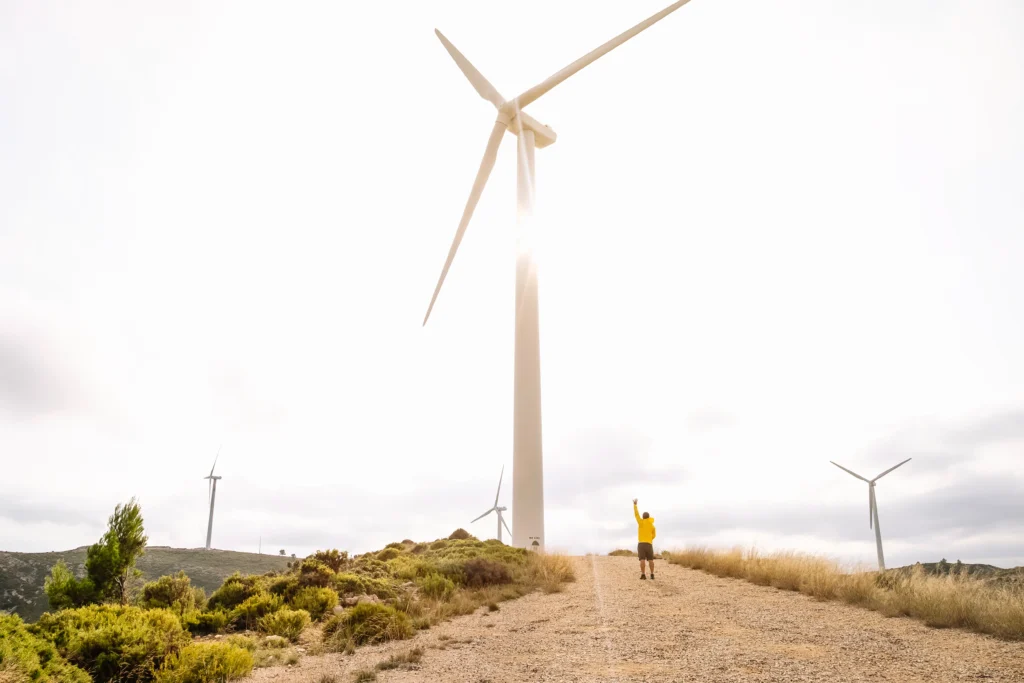
Integration with the Power Grid
Understanding how much electricity can one wind turbine generate also involves understanding how this power is used. Wind-generated electricity can either be consumed directly, stored in batteries, or exported to the grid.
Grid-tied systems often benefit from net metering, allowing property owners to earn credits for excess electricity. This is especially useful in rural areas or for commercial installations with variable energy needs.
Wind energy also pairs well with other systems like solar or diesel backup, creating hybrid systems that offer greater reliability in fluctuating weather conditions.
Environmental and Financial Considerations
Wind power offers significant environmental advantages: no carbon emissions, no fuel costs, and minimal land use compared to other power plants. However, installation costs for large turbines can be substantial, running from hundreds of thousands to several million dollars.
Maintenance is another consideration. Although operational costs are relatively low, turbines require inspections, gearbox oil changes, and sometimes blade replacements over their 20–25-year lifespan.
Financial incentives from the U.S. Department of Energy and local utility providers may offset some of these initial expenses. Homeowners should consult with professional electricians like Others Electric when considering grid upgrades to support renewable systems.

Safety and Electrical Integration
Large wind turbines require careful integration with electrical systems to prevent surges, overloads, and backfeed. For example, surge protectors and circuit isolation devices must be installed to prevent damage to home wiring and connected appliances.
At Others Electric, we help property owners assess grid readiness and install the correct infrastructure, including dedicated breaker panels, smart inverters, and surge protection tailored to renewable systems.
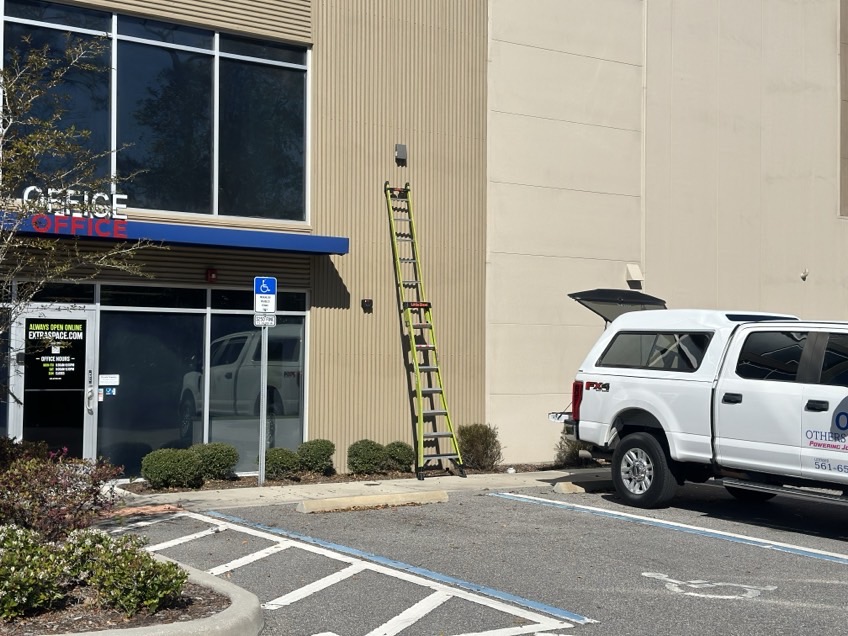
Conclusion
So, how much electricity can one wind turbine generate? The answer varies widely—from a few thousand kilowatt-hours annually for small residential units to millions for utility-scale installations. Output depends on wind conditions, turbine size, and placement.
While wind power in Florida remains less prominent than solar, the potential is growing, especially in coastal and offshore applications. With the right system and proper electrical integration, wind energy can play a powerful role in diversifying your home or business energy portfolio.
If you’re considering a renewable energy installation, Others Electric can provide the expert consultation and electrical upgrades you need. For further research, consult the U.S. Department of Energy, NREL, and the American Clean Power Association.
